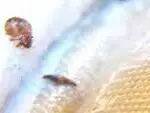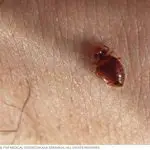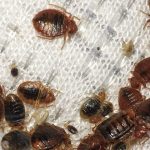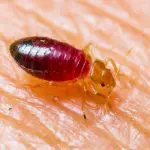How Many Bed Bugs Are in the World?
Bed bugs have made a huge comeback in the U.S. and elsewhere in the world. The widespread use of DDT during World War II largely saved the public from the invasion, but the bug’s recent rebound may be due to a lack of effective insecticides, increased travel, and a decrease in vigilance. Bed bugs are once again a part of everyday life and can infest any place where people live.
In developed countries, bedbugs were a novelty only a few decades ago, but their prevalence has increased dramatically over the last few years. According to the U.S. Centers for Disease Control and Prevention, bedbug infestations have more than doubled since the early 2000s. In Europe, a similar trend has occurred.
In cooler climates, bedbugs can live for months without feeding. During the winter, their metabolism slows down, but they can survive for up to a year without feeding. If their hosts are no longer present, they can feed on humans and other animals. Female bedbugs lay white oval eggs, which hatch after about six to ten days. The newly emerged nymphs then seek out a blood meal to feed on.
Bedbugs are small, flat parasites that feed on the blood of humans and animals. They feed by inserting their sharp proboscis into the skin of an infected person. This process takes less than 10 minutes, but can continue for a few days.








